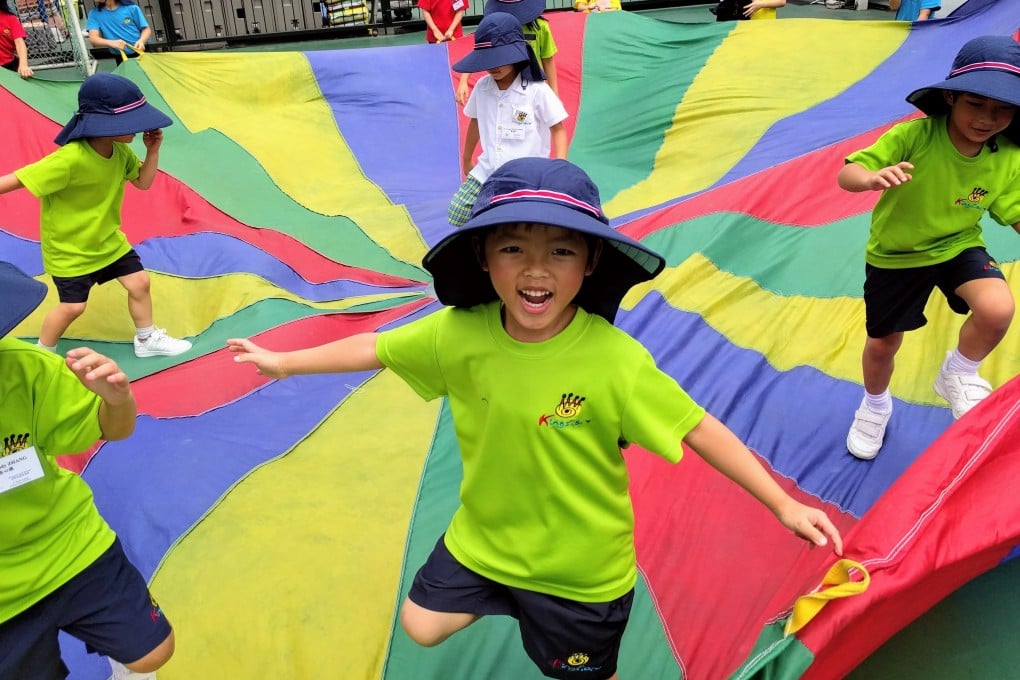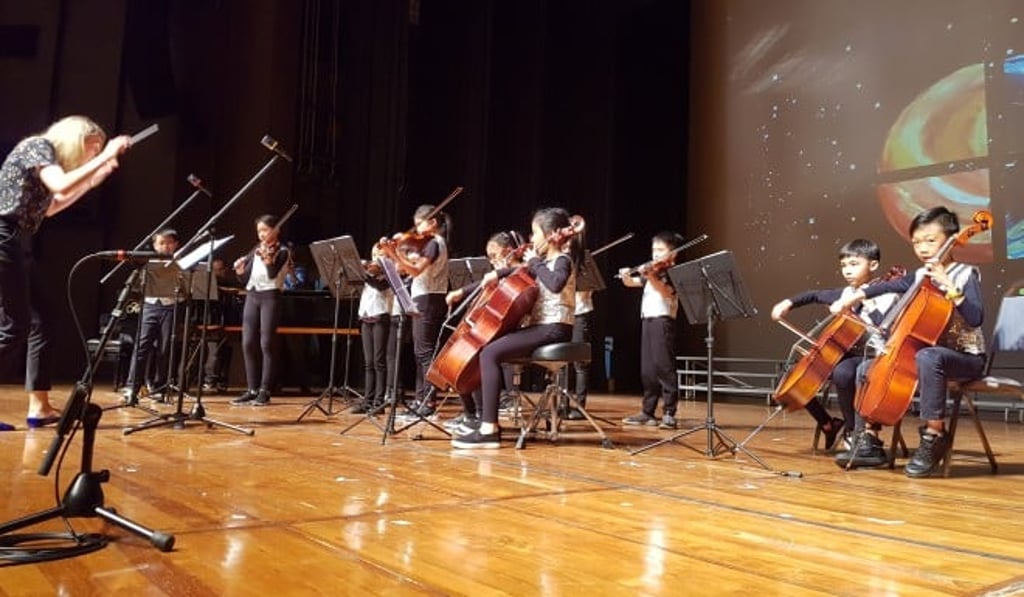Bilingual teaching and small class sizes support a welcoming community at Kingston International School
[Sponsored Article] Small class sizes coupled with immersive Chinese (Putonghua) and English bilingual teaching, underpinned by the inquiry-based International Baccalaureate (IB) framework are just some of the unique learning propositions that define Kingston International School.

[Sponsored Article]
Small class sizes coupled with immersive Chinese (Putonghua) and English bilingual teaching, underpinned by the inquiry-based International Baccalaureate (IB) framework are just some of the unique learning propositions that define Kingston International School.

Kingston International School is proud of its welcoming small-school feel and strong sense of family say John Harper (Upper Primary Principal) and Emily Flach (Lower Primary Principal), who explain that building a strong sense of community where students feel confident helps to keep young learners academically and socially motivated. "The important thing is that we provide a stimulating, caring environment where children learn and develop while having fun," Flach says, “the strong sense of community supports the development of students' personal characteristics and happiness in the classroom and beyond.” Further enhancing the sense of community, Kingston believes in regular face-to-face communication with parents. Each day, the leadership team welcomes families at the school gate, ready to answer questions and provide pastoral care. Parents are welcome to accompany their child to the classrooms, where teachers are waiting and ready to chat informally with family members.

With a current student population of about 270, Kingston Primary is at the centre of a through-train system that spans from Playgroup to Secondary (ICHK). Class sizes at Kingston are kept to an average of 20 students per class. "Having smaller class sizes is worthwhile because it allows teachers to pay close attention to the needs of each student," Flach explains. As a truly bilingual school, every class has one fully qualified native speaking Putonghua teacher and one native speaking fully qualified English teacher. Students spend a portion of each day immersed in English and a portion immersed in Putonghua, with the rest of the day spent studying and communicating in both languages.